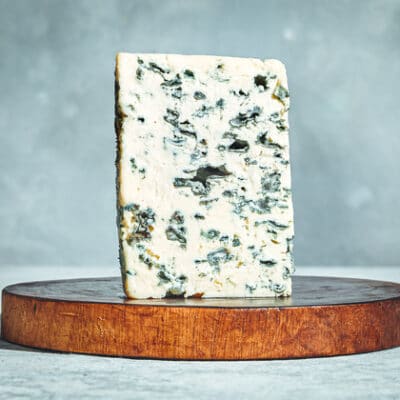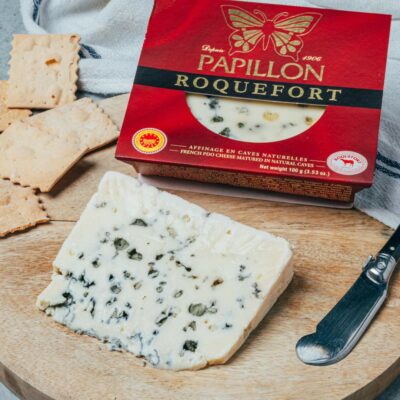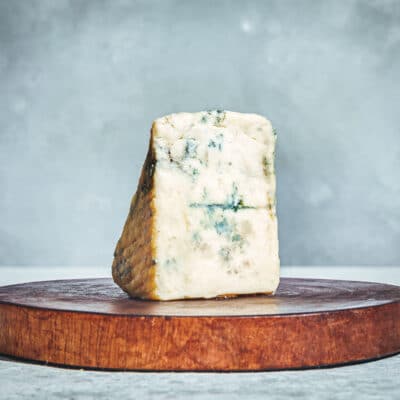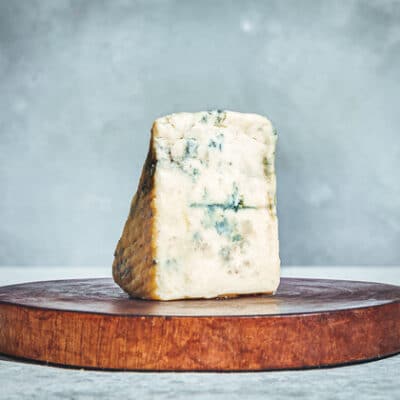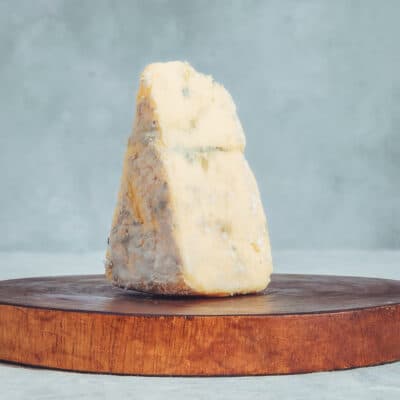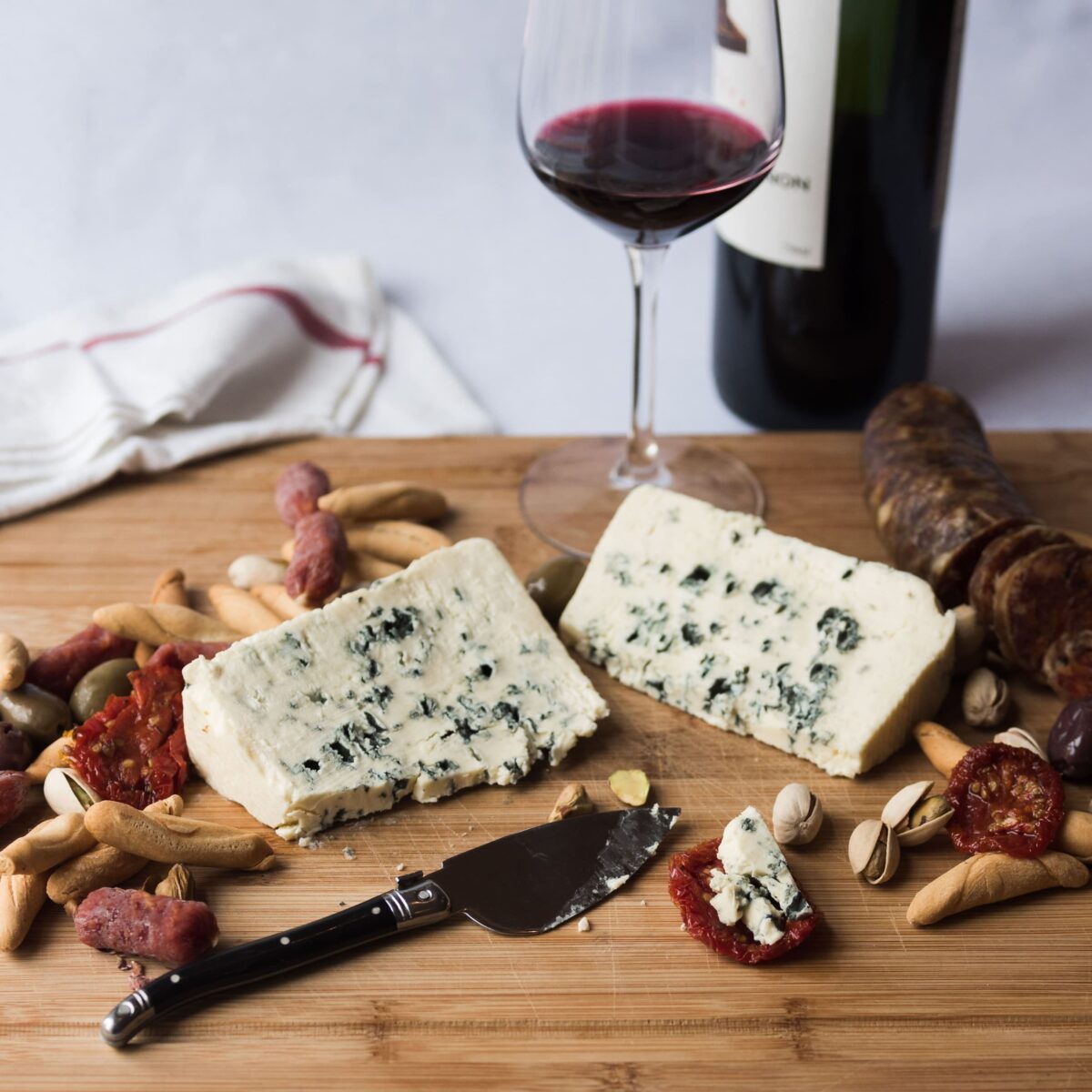
How is blue cheese made?
How is blue cheese made?
Blue cheese is a tantalizing ingredient. However, quite a few hold back from trying blue cheese, due to the fact that it contains mold. Mold is often thought of as something that grows in damp houses, and so not really that appetizing. However, the mold on blue cheese is developed deliberately and it’s perfectly edible and healthy.
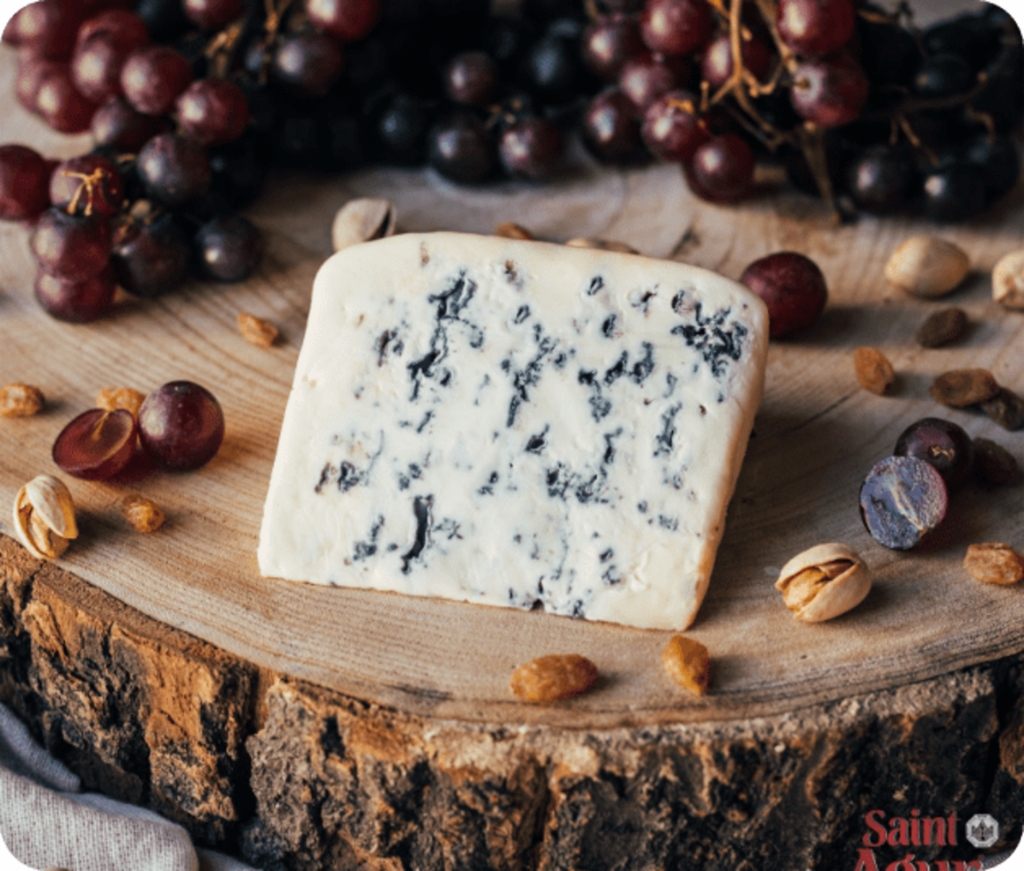
Edible mold: a fungus called Penicillium
Penicillium is a type of fungus that is used in the making of foods and in some medications. There are over 300 strains in use for different purposes. While some types are used in the making of penicillin, the best known in cheesemaking is Penicillium roqueforti, which is used for a lot of blue cheeses, such as Roquefort and Saint-Agur. Other well-known players in the gourmet world of cheese are Penicillium camemberti (which blooms on the rinds of camembert and brie), and Penicillium glaucum, which is used to make other blue cheeses, such as some varieties of Bleu d’Auvergne.
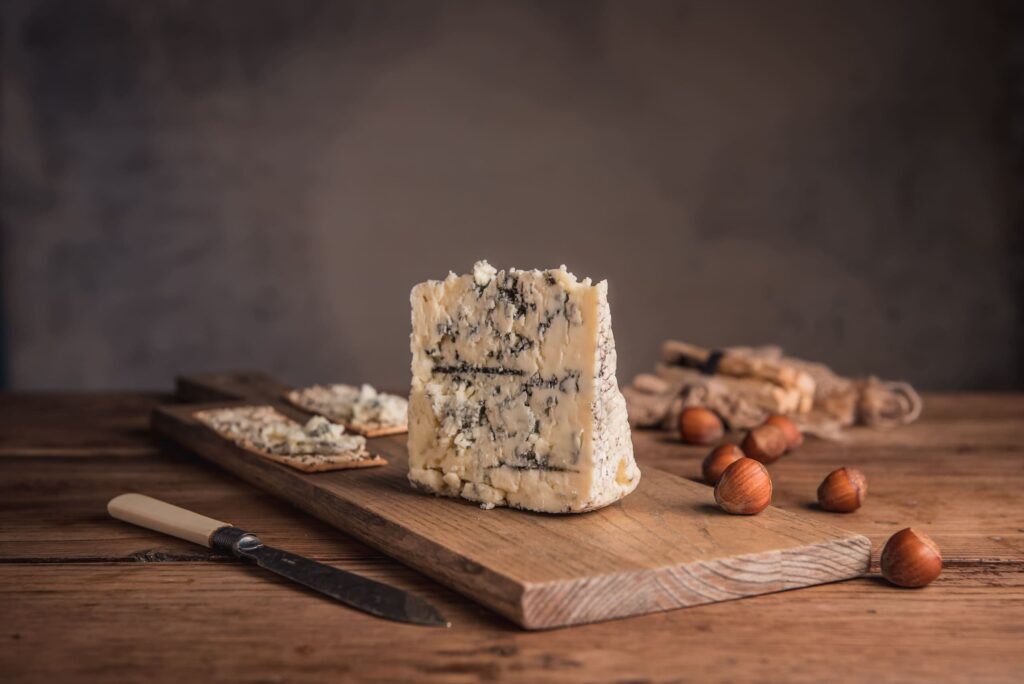
How to ensure the even growth of the mold in blue cheesemaking
Penicillium needs both humidity and oxygen to bloom. However, it’s not just introduced onto the surface of the blue cheese, as the mold needs to develop in the heart of the blue cheese too. Most blue cheese makers pierce the cheese and impregnate it with mold. The holes created allow oxygen to circulate. The maturing environment is then carefully monitored, as it requires a precise level of humidity to ensure the controlled growth needed for a delicious result.
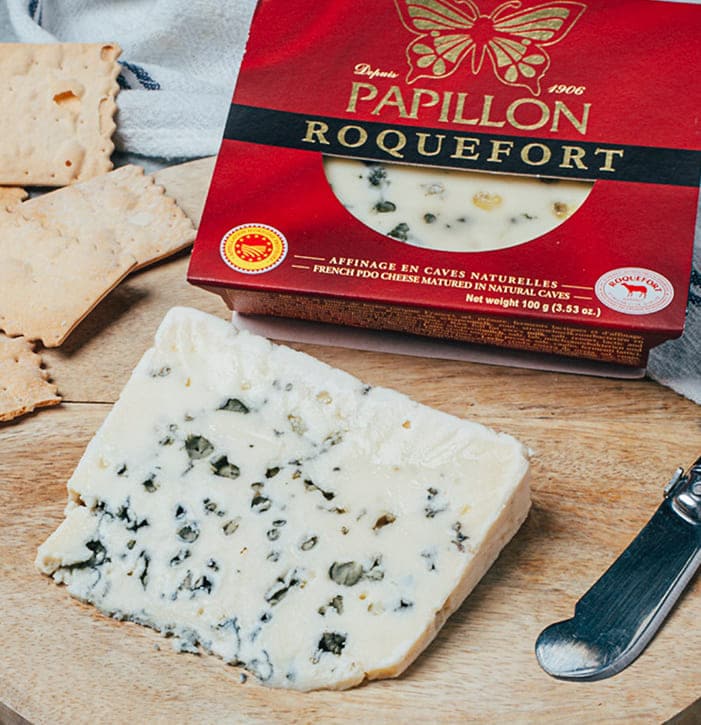
The strict control of the mold’s growth on the blue cheese
As with most cheeses during the maturing process, blue cheese is carefully monitored to ensure it hits the market just when it’s reached the perfect level of maturity. However, as you now know, just because blue cheese is made with mold doesn’t mean it can’t go bad, or grow bad molds, like other cheeses. If kept too long, it may grow other types of molds, which would make it inedible; that’s why precise control by the cheesemaker is a must during the maturing and packaging process.





